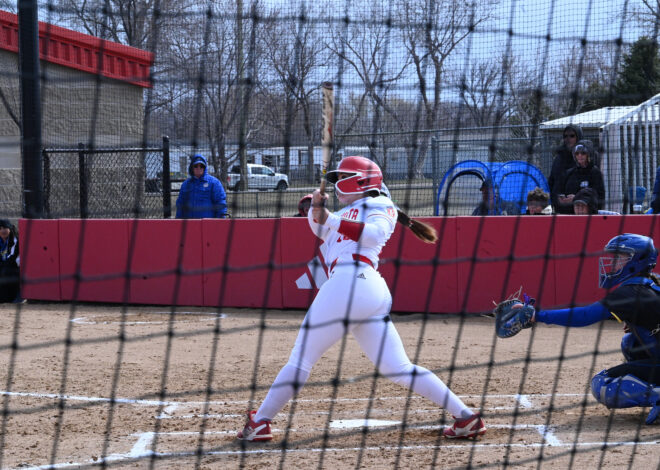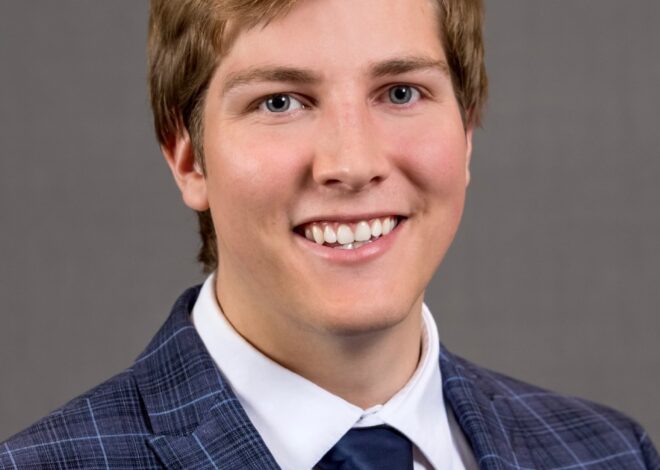SD legislative panel endorses school aid boost
PIERRE, S.D. (AP) — School districts won the first round Wednesday in their battle to persuade the South Dakota Legislature to provide extra state financial aid that educators say is needed to help them recover from state budget cuts imposed three years ago.
The House Education Committee voted 13-2 to endorse the school financing measure and send it to the Joint Appropriations Committee, which will determine whether the state can afford to give schools more money than Gov. Dennis Daugaard has recommended.
Wade Pogany, director of the Associated School Boards of South Dakota, said school districts are struggling to provide programs and services that students need. Schools cut some classes and programs after the budget cuts, and they are having trouble recruiting and keeping good teachers because of low salaries, he said.
“The best way to improve education is to get the best teachers in front of these children,” Pogany said.
The Republican governor’s proposed budget would boost state aid to schools by 3 percent next year, nearly double the inflationary increase required by law. But groups representing school districts are asking the Legislature to instead provide a 3.8 percent increase, which would put spending per student back where it was before budget cuts were made in 2011.
The 3.8 percent boost, which was proposed by a legislative study panel that met last summer, would require the state to spend $5.3 million more than the governor has recommended.
Pogany noted that spending in most state agencies now exceeds what those agencies were spending before the 2011 cut. School districts also should be restored to spending levels found before the cut, he said.
But Jim Terwilliger of the state Bureau of Finance and Management said projected state revenues for next year would not cover the extra $5.3 million in spending.
If spending is boosted 3.8 percent for schools, the Legislature probably would follow tradition and give the same increase to state employee salaries and facilities that provide medical care to poor people in the Medicaid program, Terwilliger said. Increases for state employees and Medicaid providers would cost more money, he said.
“At the end of the day, we well know the Constitution requires a balanced budget,” Terwilliger said.
State aid was frozen in 2010 and cut in 2011 as part of Daugaard’s plan to slash most spending by 10 percent as a result of the recession. Because of some changes made by the Legislature, the effective cut to school districts in 2011 was 6.6 percent.
Daugaard’s plan would set spending per student from state and local funds at $4,764 next year. School districts want it raised to $4,805, the level in place before the 2011 cuts.
School district officials argue that they need more money to attract new teachers and keep the ones they have. Teachers often move to other states or take nonteaching jobs that pay more, they said.
Joy Smolnisky of the South Dakota Budget and Policy Institute, a nonprofit research group, said South Dakota’s average teacher’s salary was $39,580 in the 2012-2013 school year, 30 percent below the national average. South Dakota’s average teacher salary was also 20 percent to 46 percent lower than those in neighboring states, she said.
Even accounting for South Dakota’s low cost of living, its teachers earn much less than those in other states, she said.
A final decision on state aid to schools likely won’t be made until the Legislature passes a state budget in March.


